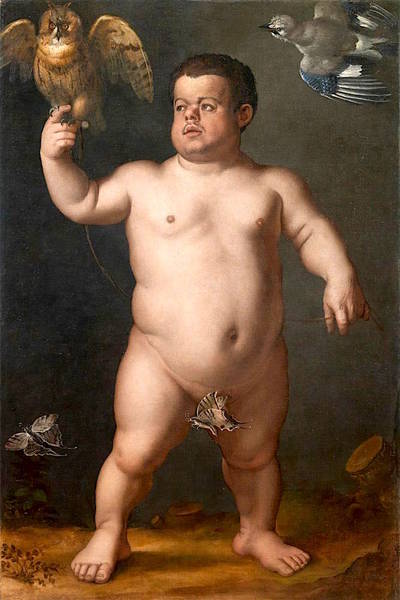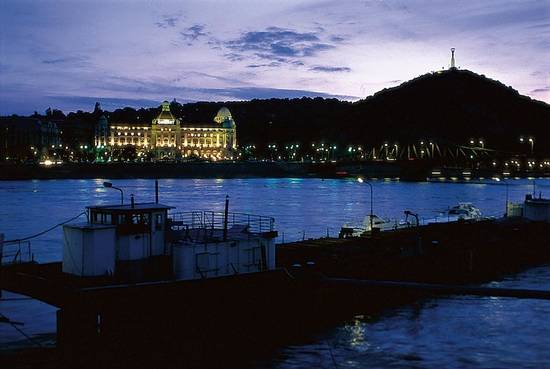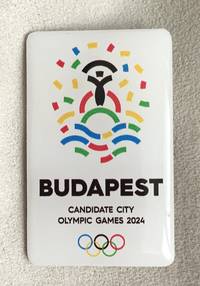
A delightful small exhibition at Palazzo Pitti in Florence (until 11th September) of genre paintings and portraits from the mid-16th century to the early 18th illustrates the protagonists of the comic, sometimes bizarre side of court life in Florence in those years, which was otherwise locked away from public view. Visitors are asked to be prepared to see the ironic humour in the works displayed. The new director of the Gallerie degli Uffizi (which now includes all the museums in Palazzo Pitti), Eike Schmidt, plans this as one of a series of exhibitions of works from the gallery’s important deposits (which include some 1,200 paintings) that will give curators a welcome opportunity to study them and restore them. Schmidt gave due credit to the late Marco Chiarini, for many years director of the Galleria Palatina, for having planned the exhibition (the lovely small catalogue is dedicated to his memory). Schmidt also invited the President of the Italian association dedicated to those affected with achondroplasia (the condition which causes dwarfism) to speak at the opening and he gave a moving account of how ‘diversity’ can be equated with value.
The exhibition occupies a suite of rooms on the landing known as the Andito degli Angiolini, below the entrance to the Galleria d’Arte Moderna, and has excellent labelling together with some delightful quotes from the literature of the times, including Castiglione and Bernardo Ricci (‘……everyone needs happiness and laughter’). It takes up just five well-arranged small rooms. The importance of comedy and laughter to the Medici is illustrated by the official court painter, Suttermans’s portrait of the court jester. There are also portraits of six jolly members of the ducal household in the servants’ hall after a hunt; as well as a remarkable painting of two elderly peasant women, one holding a duck and one a basket of eggs, accompanied by a black page with a pearl earring (the label records that the names of all three of these people are known to us since they frequently appear in Ferdinando II’s account books). Other well-known painters of the time whose works are included in the exhibition include Anton Domenico Gabbiani (a portrait of four Medici servants), Cesare Dandini (a young shepherd with a hornpipe) and Niccolò Cassano (two court jesters from Prince Ferdinando’s inner circle dressed as huntsmen). But the most important painting is Bronzino’s well-known portrait of Cosimo de’ Medici’s favourite dwarf, Baccio di Bartolo (ironically nicknamed after the giant Morgante), painted on both sides so seen both from front and back, and which includes extraordinary botanical details.
The exhibition also includes paintings by lesser-known masters such as Faustino Bocchi, who was at work in the late 17th century (a delightful, playful painting of dwarves bathing beneath huge passion flowers; and a queen riding a cat cheered on by a crowd of dwarves). There are also paintings by unknown artists, of which one of the most memorable is the portrait from the first half of the 17th century of a player of the ball game known as pallottola: the protagonist is shown dressed in magnificent breeches as he tosses the ball beneath his leg. Although not strictly related to the theme, the superb painting by Joseph Heintz the Younger entitled Orpheus in the Underworld has been included as it was owned by the Medici and shows the astonished young hero standing in a magical setting with creatures all around him in a performance which, as the label suggests, is reminiscent of a modern-day musical.
The exhibition extends into the Boboli Gardens, where the sculpture of the nude Morgante riding a tortoise is one of Florence’s most famous statues (it is by Valerio Cioli and dates from around 1564; his statue of another dwarf, Pietro Barbino, made around the same time, can be seen in the Kaffeehaus, which has been opened specially for the exhibition). They are just some of the many statues of peasants, players and jocose figures which adorn the beautiful gardens behind Palazzo Pitti.
by Alta Macadam, author of Blue Guide Florence.








